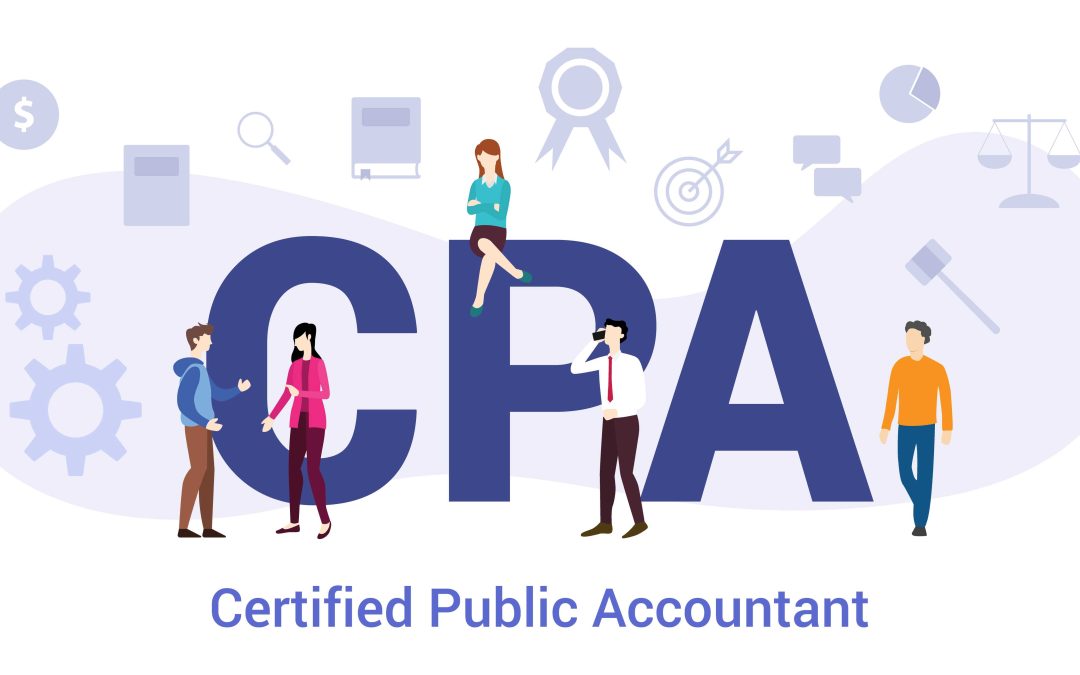
Financial Ratios for Small Businesses
Financial Ratios for Small Businesses
Financial ratios are tools that businesses can use to assist in achieving their goals. They help a business focus on its financial health. If used properly, financial ratios can pinpoint areas that need development. As well as highlight areas that are operating successfully in a business. Although businesses of any size can use ratios, there are some that are great for small businesses.
Gross Margin Ratio
The gross margin ratio, also known as the gross profit margin ratio, is a profitability ratio. It calculates how much profit a business makes after paying for its cost of goods sold or services. The ratio is shown as a percentage. The formula to calculate the gross margin ratio is:
Gross Margin Ratio = (Total Revenue – Cost of Goods (or Services) Sold) / Total Revenue x 100
Businesses use this ratio to measure how their direct costs relate to their revenues. The gross margin ratio shows how efficiently a business can translate its product or service into profit. Ultimately, showing the percentage of each dollar of revenue a business retains as gross profit.
Net Profit Margin Ratio
The net profit margin determines how much net profit (income) is generated from revenues received. It accounts for the profit that remains after all business costs have been accounted for. This includes operating costs, interest, and taxes. This ratio is typically shown as a percentage and is calculated as follows:
Net Profit Margin = Net Profit / Total Revenue x 100
The higher the net profit margin, the more profit a business is generating. A low net profit margin indicates a business may be in trouble, and change may need to be implemented.
Operating Cash Flow Ratio
Operating cash flow ratio is a liquidity ratio. This ratio is like the current liability coverage ratio, both of which indicate how a business’ operations generate cash to cover debts. However, the operating cash flow ratio does not include dividends. The formula for this ratio is:
Operating Cash Flow Ratio = Net Cash Flow from Operations / Current Liabilities
A high ratio indicates that a business has sufficient cash flows to pay its obligations. A low ratio indicates the opposite. Without sufficient cash flow to pay obligations as they come due, could indicate potential solvency issues.
Accounts Receivable Turnover Ratio
The accounts receivable ratio measures how quickly a business collects its outstanding accounts receivable. Also known as the debtor’s turnover ratio, is an efficiency ratio. To calculate the ratio, divide the net sales by the average accounts receivable. The average accounts receivable is the sum of the beginning and ending accounts receivable divided by 2.
Accounts Receivable Turnover Ratio = Net Sales / Average Accounts Receivable
A higher ratio is more desirable. This means that a business’ accounts receivable collection is more frequent and efficient. Whereas a lower ratio shows a business may be more inefficient in this process.
Accounts Payable Turnover
Accounts payable turnover ratio is a liquidity ratio, that measures the average number of times a business pays its creditors. This ratio helps creditors analyze the liquidity and creditworthiness of a business. To calculate this ratio, divide the total supplier purchases by the average accounts payable. The average accounts payable is the sum of the beginning and ending accounts payable divided by 2.
Accounts Payable Turnover = Total Supplier Purchases / Average Accounts Payable
A high ratio signifies that a business promptly pays for its purchases on credit and is desirable to creditors. Whereas a low ratio indicates the opposite.
There are many different financial ratios that small businesses can use. A few of the common ratios are the gross margin, operating cash flow, and the accounts payable turnover ratios. Understanding these ratios is beneficial in achieving a business’ goals. Whether you are a beginner or an expert with financial ratios, our team is here to help!
Contributed by Elizabeth Partlow




